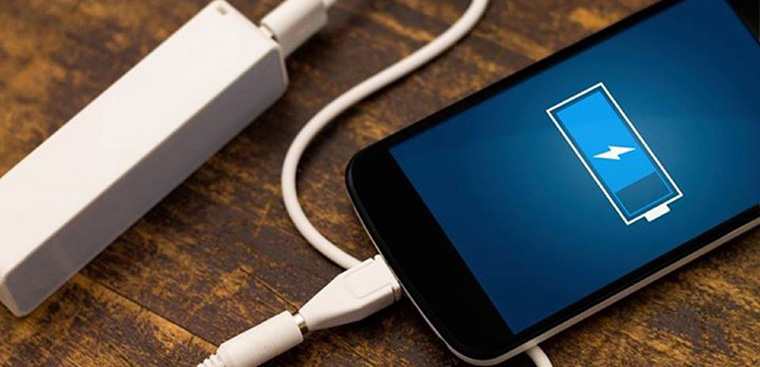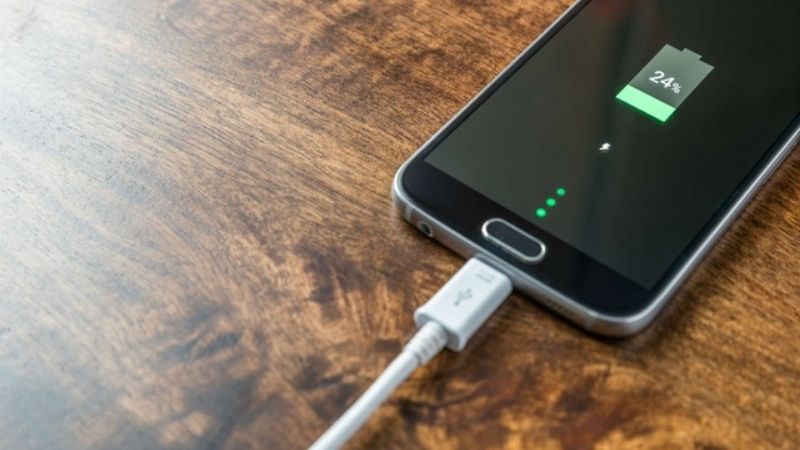Who is her new boyfriend? do you know them?
Ever since she entered the spotlight, Jennifer Lopez's love life has been scrutinized under a microscope.
From her decades-spanning romance with Ben Affleck to her rumored dalliance with Drake, Lopez's list of suitors continues to captivate the public's imagination.
It's a fascination that her ninth studio album This Is Me ... Now and the accompanying movie-musical bolstered.
The singer nods to the many high-profile relationships that preceded and followed her most recent relationship with Affleck, and she also acknowledges her hopeless romantic tendencies. As she says while narrating the trailer for
Ahead, we track all of Lopez’s marriages, engagements, and relationships—from her partnership with singer Marc Anthony to her broken engagement with Alex Rodriguez.
Ben Affleck (2021—2024)
Do not charge your phone battery to 100%. this is the recommended charge level.

Why You Shouldn’t Charge Your Phone Battery to 100%
Most modern smartphones use lithium-ion batteries, which have a limited number of charge cycles (typically 300–500 full cycles).
Charging your phone to 100% every time — and especially keeping it plugged in after it’s full — can shorten your battery’s lifespan over time.

🔋 What Happens When You Charge to 100%
When your phone reaches 100%, the battery is under high voltage stress (around 4.2 volts per cell).
This stress generates heat and chemical wear, slowly degrading the battery’s internal materials.
Over months and years, this causes:
-
Battery capacity loss (it won’t hold charge as long)
-
Faster overheating
-
Possible swelling or battery malfunction
✅ Recommended Charging Range
Experts recommend keeping your phone between:
-
20% and 80% for everyday use
This range minimizes voltage stress and helps your battery last longer.
⚡ Common Charging Habits Explained
1. Should You Keep the Charger Plugged In All the Time?
❌ No.
Leaving your phone constantly plugged in keeps it at 100% charge, maintaining high voltage and temperature, which ages the battery faster.
✅ Instead, unplug once it reaches around 80–90%.
2. Can You Charge Overnight?
⚠️ It’s not ideal.
Modern phones stop charging when full, but they trickle-charge throughout the night to maintain 100%. This means the battery is constantly cycling between 99%–100%, generating heat and stress.
✅ If you must charge overnight, try using a smart plug or optimized battery charging mode (available on iPhone and Android) — it pauses charging at 80% and completes it before you wake up.
3. Can You Use Your Phone While Charging?
⚠️ Occasionally, yes — but not habitually.
Using your phone while charging generates extra heat, as the battery is both charging and discharging simultaneously.
Over time, this accelerates battery wear and may also heat internal components.
✅ If you must use it, remove any case and avoid heavy apps (like gaming or video calls) while charging.

🧊 Bonus Tips for Battery Longevity
-
Avoid exposing your phone to extreme heat (like direct sunlight or car dashboards).
-
Use original chargers and cables.
-
Turn on battery saver mode when the battery is low.
-
Don’t let your phone fully drain to 0% often — that strains the battery cells.
🔍 Summary
| Habit | Safe or Not? | Why |
|---|---|---|
| Charging to 100% | ❌ | Causes voltage stress |
| Keeping plugged in | ❌ | Maintains high heat & wear |
| Charging overnight | ⚠️ | Trickle charge wears battery |
| Using while charging | ⚠️ | Generates excess heat |
| Charging between 20–80% | ✅ | Ideal for battery health |









